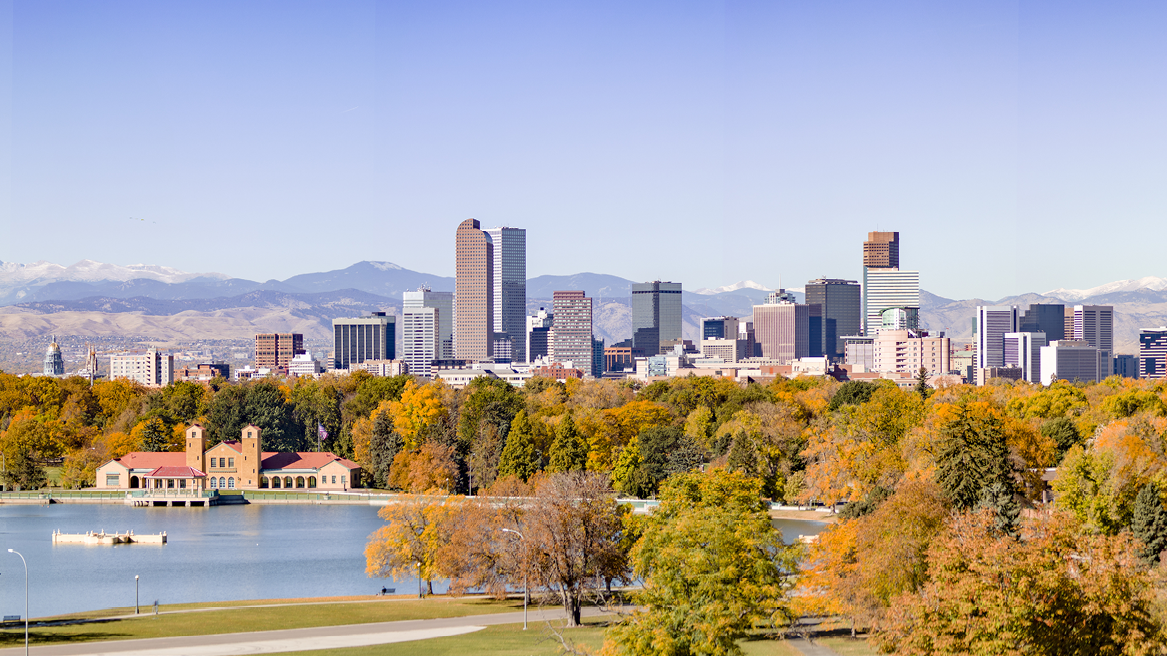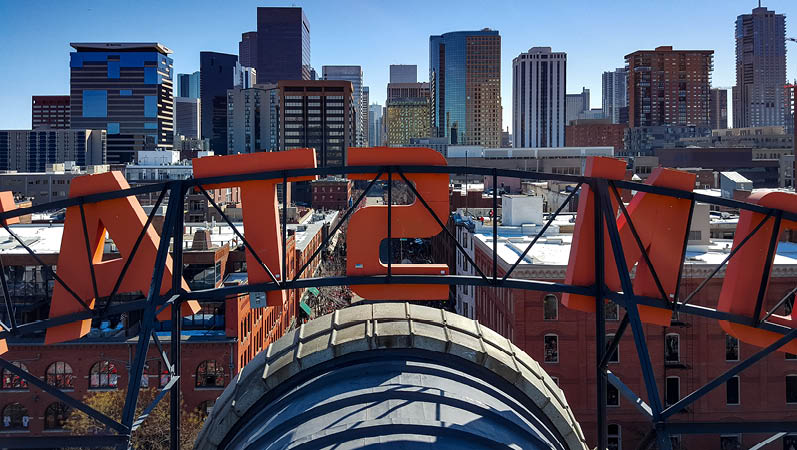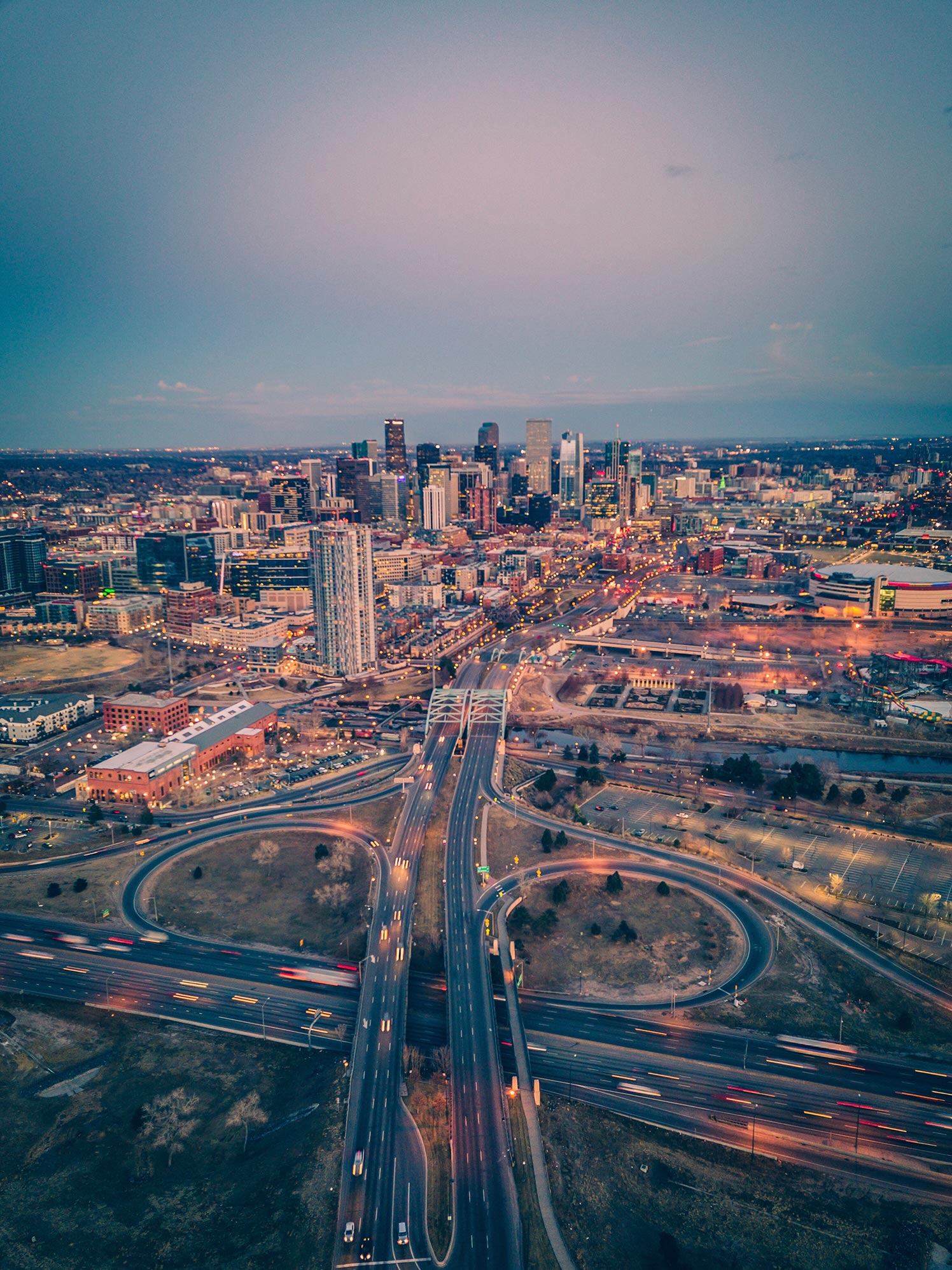Thinking About Moving to the Denver metro area?
This fall marks the 44th year I’ve lived in Colorado. And 33 of those years were spent in the Denver metro area.
When I arrived in 1978, the tallest building in Denver was the former “Anaconda Building” at 555 – 17th St. It still stands at 709 feet tall, 40 floors; however, it has dropped to 7th on the list of tallest buildings in the city.
Needless to say, the changes in the Mile High City go beyond that of the ever-changing skyline. Since the early 1990s, residents have witnessed a dizzying succession of changes in the city. From the redevelopment and the “pinning” of LoDo, the establishment of Coors Field and Denver International Airport to the emergent RTD light rail system, and the ongoing construction of new buildings from RiNo to Cherry Creek, the metamorphosis has been jaw-dropping.
It’s a far cry from the days when the streets of downtown Denver would roll up at 5 p.m. and downtown would become a virtual ghost town until offices reopened the next day. Now, every neighborhood in central Denver is a vibrant scene for the workforce, residents, and visitors alike, from morning ’til night.

Denver Continues to be a Popular Destination
Denver remains a popular destination for the young and old. Remote work opportunities have caused people to rethink where they live and consider locales that provide better work-play balance.
According to a first quarter of 2022 report by Apartment List, people currently living in Atlanta top the locations of where people are searching for available places to live in Denver. Coming in second is Dallas followed by New York City.
People looking for Denver apartments outside of the Denver metro area account for almost 43 percent of the searches. The Mile High City ranks 9th in the nation for large city technology centers share for inbound apartment seekers.
Interestingly, Colorado was the fifth most “moved to” state in the United States, trailing Florida, Texas, California and North Carolina, according to move.org. But the Centennial State also ranked seventh among the states people are leaving.
The report cited people generally move to lower their cost of living and find a better overall cultural. Still, Colorado continues to attract new residents, especially those seeking an enhanced work-life balance as outlined below.
Pool of Workforce Talent Continues to Attract New Companies
The business and commercial sector has taken advantage of the workforce living in and near downtown Denver. Despite the pandemic’s impact on various industries, Denver continues to be a popular choice for businesses looking to relocate and expand.
According to a recent report by CBRE, the Mile High City is ranked 12th in the nation in technology talent. Part of the Mile High City’s appeal includes its high number of people 25 years and older having a bachelor’s degree (over 50 percent), a large number of Millennials, and the lure of the outdoors lifestyle.
The city is home to over 650,000 people and the metropolitan area’s population boasts 2.9 million. Local higher education institutions Regis University, the University of Denver, the University of Colorado-Denver, Metro State University, and the Colorado School of Mines churn out an educated workforce, along with the nearby University of Colorado-Boulder and Colorado State University.
Denver International Airport is the world’s third-largest busiest airport, and approximately 35,000 people work in many different industries and professions at Denver International Airport. Having access to a large, international airport is often a critical piece in determining where a company establishes a presence.
Furthermore, the State of Colorado offers tax incentives to attract large employers, and Denver is a great place to live thanks to its plentiful sunshine, invigorating outdoor activities, strong neighborhood character, and a myriad of independent businesses, including oodles of coffee shops, restaurants, and breweries.
From August 2020 to July 2021, Denver saw the following major companies move in: Better Cloud, Caribou, Data Dog, Honest Jobs, Kin + Carta, New Scape Studios, Orbit Fab and Vizio, to name just a few.
Denver Metro Area Residential Real Estate Values Continue to Surge
In September of 2021, the average home price in Denver was $688,629, a 15 percent year-over-year from 2020. This year, that number rose 8.4 percent, still a big jump but less monumental and putting us closer to 2017 gains of 8.8 percent. So what does that mean for active home buyers and current homeowners?
It means that homes are still increasing in price, but the huge gains we saw as a result of the pandemic are waning. The numbers do not indicate that prices are going to drop dramatically anytime soon or even stay stagnant, so now is still an incredible time to sell and a great time to buy and start gaining equity immediately.
The average price of a single-family home is $745,947 while the average condo sells for $486,773. Furthermore, homes are on the market an average of 26 days before going under contract. This is on par with numbers we were seeing in September of 2018.
Despite the challenges, buyers can increase the odds of finding their dream home by adjusting their approach to the buying process and pursuing some tried and true practices. Patience and compromise are key, and having the right broker by your side can make a huge difference.

Transportation Options, Outdoor and Cultural Opportunities Boost Denver’s Appeal
Denver is no different from any other major city in the United States when it comes to traffic congestion. Wallet Hub came out with the best and worst cities to drive in and Denver ranked 87th. The good news is many smaller metropolitan areas are much worse than Denver: Raleigh, NC, Plano, Tex. and Corpus Cristi, Tex., took the top spots for the worst places to drive, which factored safety, traffic and infrastructure, access to car maintenance and cost of car ownership.
While driving can sometimes be challenging along I-25, I-70 and I-225, we are fortunate to have a convenient light rail and bus system that service most neighborhoods and suburbs in the Denver metro area. For those unable to live in Denver or who still prefer living outside of the city, RTD is making the commute much easier to get into the downtown Denver sector. From its meager roots, the RTD light rail now offers multiple light and commuter rail lines linking the suburbs to the city from all directions. The G commuter line has brought Arvada and northwest Denver into the fold, and now the N line is operating, which will link the north Denver suburbs to downtown.
In addition to RTD’s light rail, commuter trains and bus service, there are many shared ride services in Denver as well as dockless scooters and bikes to help you get around town without having to drive a car.
Finally, the cultural and recreational opportunities, and professional sports teams of Denver rival that of much larger cities.

Denver Outdoor Activities
Even before the pandemic, people living in the Denver area have enjoyed the outdoors and make a priority of taking advantage of all the recreational pursuits available in our backyard. Denver boasts an amazing array of parks that have been meticulously groomed for over 100 years. The Denver Parks and Recreation facilities are unrivaled in the Rocky Mountain West. Denver parks have been around for over 150 years, from the first park created in 1868 to nearly 20,000 acres of urban parks and mountain greenbelts today.
In addition to the parks, there are miles and miles of bike paths that run along the South Platte River and Cherry Creek. This trail system allows cyclists to explore the entire metro area and beyond.
And finally, if you love sports, Denver is home to four major professional sports teams — Broncos (NFL) Nuggets (NBA), Avalanche (NHL), and Rockies (MLB) plus the Colorado Rapids soccer team (MLS), and Denver Outlaws (MLL) and Colorado Mammoth (NLL) lacrosse teams. The Mile High City is also home to collegiate sports: the University of Denver Pioneers and Metro State University of Denver Roadrunners.
Climate
If you are moving here from the East Coast, Midwest or southern United States, you’ll quickly realize how dry it is here, especially in the winter months. The relative humidity is typically below 20 percent and your skin will rapidly experience the effects. Make sure to stock up on lip balm, lotion and invest in a humidifier (not a dehumidifier) for your home. If you are considering buying or have recently purchased a home, you can purchase a humidifier that attaches to the furnace. Whenever, the furnace kicks in, so will the humidifier. It beats having to refill a traditional humidifier on a daily basis. Make sure you have it serviced at least once a year as the filter and water line can get clogged.
Colorado is blessed with over 300 days of sunshine each year. During the summer, it’s not unusual to see crystal clear blue skies in the morning give way to clouds and thunderstorms (or just dark clouds and lightning) in the afternoon. Unfortunately, hailstorms are also common during the spring and summer. As a result, be wary of when you decide to plants your flowers and garden. The rule of thumb is to wait until after Mother’s Day each year but even then, many people see their plants shredded by storms.
The weather in our state can change quickly and dramatically, regardless of the month, so be prepared with extra clothes, jackets and appropriate footwear. It’s not uncommon to witness 30-40 degree temperature shifts on any given day!
So whether it’s the economy, the business climate, public transportation, or recreation opportunities, Denver has it all. And nearly 700,000 current residents can’t be wrong.
(Editor’s note: This blog was last published in October of 2020. It has been edited and updated to provide current information)





